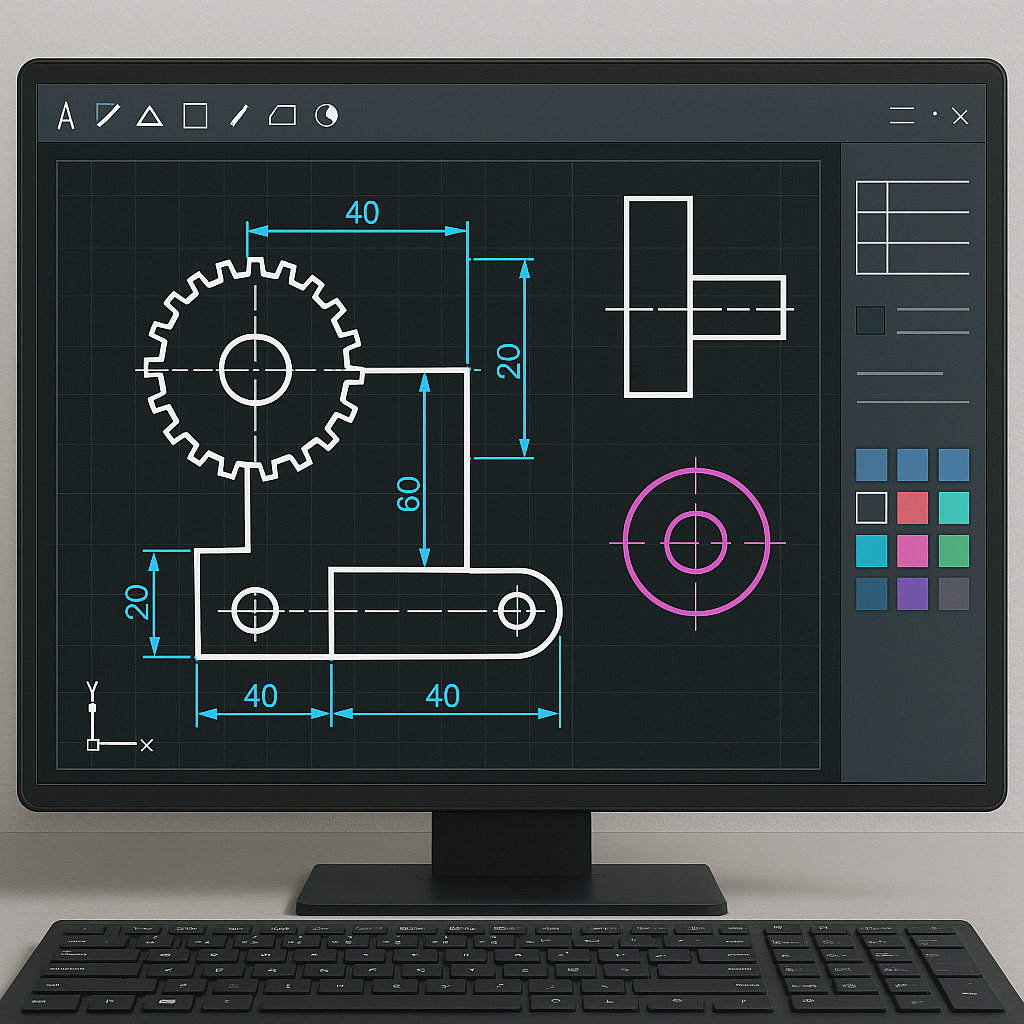Notifications

6 minutes, 38 seconds
-17 Views 0 Comments 0 Likes 0 Reviews

In a world where digital content is king, the demand for immersive, three-dimensional visuals is growing rapidly. From blockbuster films and video games to architectural visualization and product design, 3D modeling has become a critical part of the creative process. At the heart of this revolution is 3D editing software—powerful digital tools that enable artists, designers, and developers to create, modify, and animate 3D models with remarkable precision.
Whether you’re a seasoned professional or a curious beginner, understanding the capabilities and applications of 3D editing software is essential for thriving in today's visual landscape.
3D editing software refers to applications that allow users to construct, modify, and animate digital three-dimensional models. These tools provide a virtual workspace where objects can be shaped, textured, lit, and rendered for use in various fields such as film production, game development, advertising, architecture, virtual reality (VR), and product design.
Unlike traditional graphic design tools, which deal primarily with two-dimensional images, 3D editors offer a full range of spatial manipulation. Users can create lifelike environments, realistic textures, and animated characters that behave according to physics-based simulations.
Most 3D editing software platforms come with a robust suite of features. Some of the key functionalities include:
Modeling Tools: These allow for the creation of 3D shapes, objects, and environments from scratch or by modifying pre-existing models.
Texturing and Shading: Artists can apply materials and surface textures to objects to give them a realistic appearance, from glossy metals to rough wood or translucent glass.
Lighting and Rendering: Lighting tools simulate how light interacts with surfaces, while rendering engines convert 3D scenes into 2D images or animations.
Rigging and Animation: Used primarily in character design, rigging sets up bones and joints, allowing characters or objects to move in lifelike ways.
Simulation: Advanced software often includes physics engines for simulating gravity, collisions, fluid dynamics, and more.
Integration and Export: Many platforms support exporting in a variety of formats for use in game engines, video editing software, or AR/VR applications.
There’s a wide range of 3D editing software available, each offering unique advantages depending on the user’s goals and experience level. Here are some of the most widely used programs:
Blender: A free and open-source tool that rivals commercial options, Blender offers a comprehensive set of features including modeling, texturing, animation, and even video editing. It’s popular among indie developers, hobbyists, and professionals alike.
Autodesk Maya: Known for its advanced animation tools, Maya is a favorite in the film and game industries. It’s particularly powerful for character animation and complex visual effects.
Cinema 4D: This software stands out for its intuitive interface and powerful motion graphics tools, making it a go-to for designers in advertising and broadcast media.
ZBrush: Focused on sculpting and high-resolution modeling, ZBrush is widely used for creating detailed characters and intricate textures.
SketchUp: Although simpler than others, SketchUp is ideal for architects and product designers looking for ease of use and quick prototyping.
The impact of 3D editing software spans multiple industries:
Film and Animation: From animated movies to CGI-laden action scenes, 3D tools help bring imagination to life.
Video Games: Game developers use 3D editing software to create characters, environments, and props that players interact with in real time.
Architecture and Engineering: Detailed 3D models help architects and engineers visualize structures before they’re built, improving communication with clients and reducing errors.
Product Design: Prototypes and product concepts can be visualized in 3D before manufacturing begins.
Virtual and Augmented Reality: VR and AR applications rely heavily on 3D assets to create immersive digital experiences.
The rise of 3D editing software has democratized the creation of high-quality digital content. What once required expensive hardware and deep technical knowledge can now be done on a laptop using free or affordable software. These tools foster creativity, enhance productivity, and enable rapid iteration, allowing ideas to evolve visually before reaching the physical world.
Moreover, as technology advances, AI-driven modeling, real-time rendering, and cloud-based collaboration are becoming increasingly common, pushing the boundaries of what creators can achieve.
3D editing software has become an essential toolkit for modern creatives. Whether you're animating characters, designing buildings, or crafting immersive digital worlds, the right software can transform your vision into reality. As the demand for rich 3D content continues to rise, learning and mastering these tools opens up a world of possibilities across both artistic and technical fields.
Now more than ever, creativity truly knows no bounds—only the limits of your imagination and the tools you choose to bring it to life.

